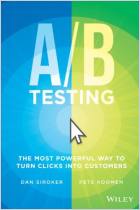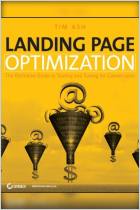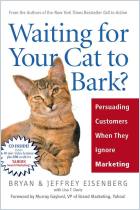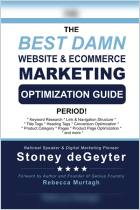The core message of this book is in the title: Whatever you do to your website, test it. Author Chris Goward argues that companies make decisions about their websites based on conformity, fear of the big boss, intuition, habit and so on. The result is that websites don’t accomplish all they could. Goward explains the why and how of testing your site and what you should test. Even more valuable than his first-rate, specific advice is his repeated mantra: “You should test that!” Unfortunately, Goward doesn’t quantify what this extensive, ongoing testing will cost (He should test that!). getAbstract recommends Goward’s method to everyone who does business online, those in marketing and those who’d like a little humor along with a good dose of sound advice.
Why Testing Matters
Every colleague, employee and customer has an opinion about your website. Most of their beliefs are out of date, biased, based on experience in some irrelevant realm or, most often, just plain wrong. Rather than going with your opinion, their opinion, the opinion of your CEO or the latest trend from the marketing department, pursue the most functional option: testing. Most likely, “your website is underperforming.” The gap between its performance and its potential importance and return on investment is the “opportunity gap.” You can fill that gap, but proceed with care: Whenever someone suggests something that affects your site, test it.
Your goal in testing is “conversion optimization”: getting “more revenue-generating actions from the same number of visitors.” Whatever your conversion rate – the ratio of website visitors “who complete your desired action” compared to those who don’t – you can improve it. Most people who visit your site leave disappointed. You may not even know about it – much less, why that happened. Your vision may be clouded by the “halo effect,” in which your site’s strengths blur your view of its other qualities.
<...

















Comment on this summary or Start Discussion